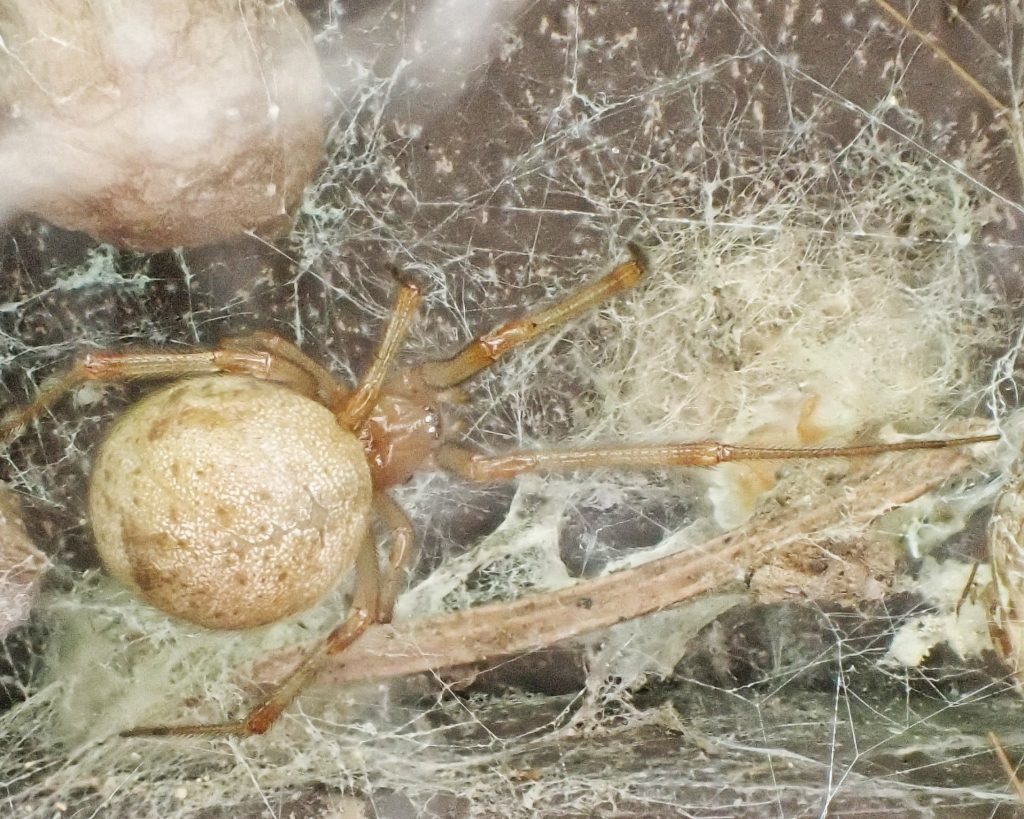
I found this spider up under the eaves on the north side of a block building in the local cemetery. Based on the shape of the abdomen and the messy web it was in I thought it was probably one of the cobweb weavers (family Theridiidae), but since I’m trying to learn spider anatomy I started by trying to key it out. And almost immediately became confused, because I couldn’t determine whether the seemingly sclerotized area in front of the spinnerets was a cribellum. But the eye arrangement of the cribellate spiders didn’t seem to match, so I figured it probably lacked a cribellum (ecribellate). It obviously had 3 claws on the tarsi, so I moved on to the question of whether the chelicerae were fused at the base, and it certainly looked to my untrained eye like there was a membrane connecting them. But that led me to Plectreuridae, who are mostly ground dwellers, and Pholcidae, which have much narrower abdomen. So I decided they must not be fused chelicerae and moved on to whether it had 0-1 trichobothria, or 2 or more. And I saw a whole row of perpendicular hairs on the tarsi that looked like the drawing of trichobothria, but that lead went to the wolf spiders, lynx spiders, and their ilk, and I knew this didn’t belong there.
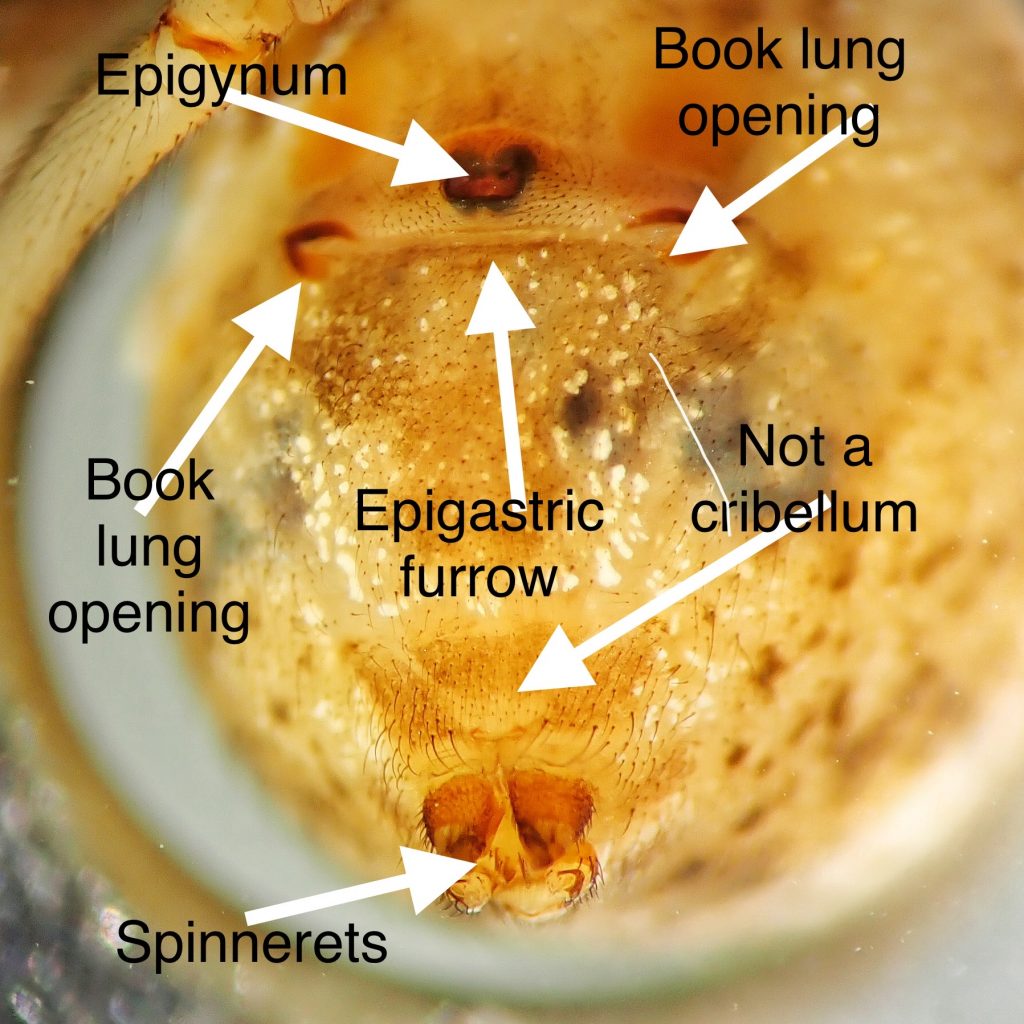
So I threw up my hands and photographed everything I could see under the stereoscope, and emailed it all to Rod Crawford, who informed me that this spider is Parasteatoda tepidariorum (common house spider, often abbreviated CHS), which is, as I originally suspected, in the family Theridiidae. All the books and equipment are no use when one doesn’t know what one is doing. But I do know slightly more now. Slightly. And there is a stunning amount of information about these spiders, which just goes to show how much we can find out about any arthropod if people make the effort, even when it is not an economically significant creature, and this profile just covers the very tip of the iceberg. For a fuller picture I recommend reading the resources I’ve quoted from, and the additional ones I’ve included at the end. Parasteatoda tepidariorum, like any living creature, lead pretty fascinating lives if one can get a glimpse behind the curtain.
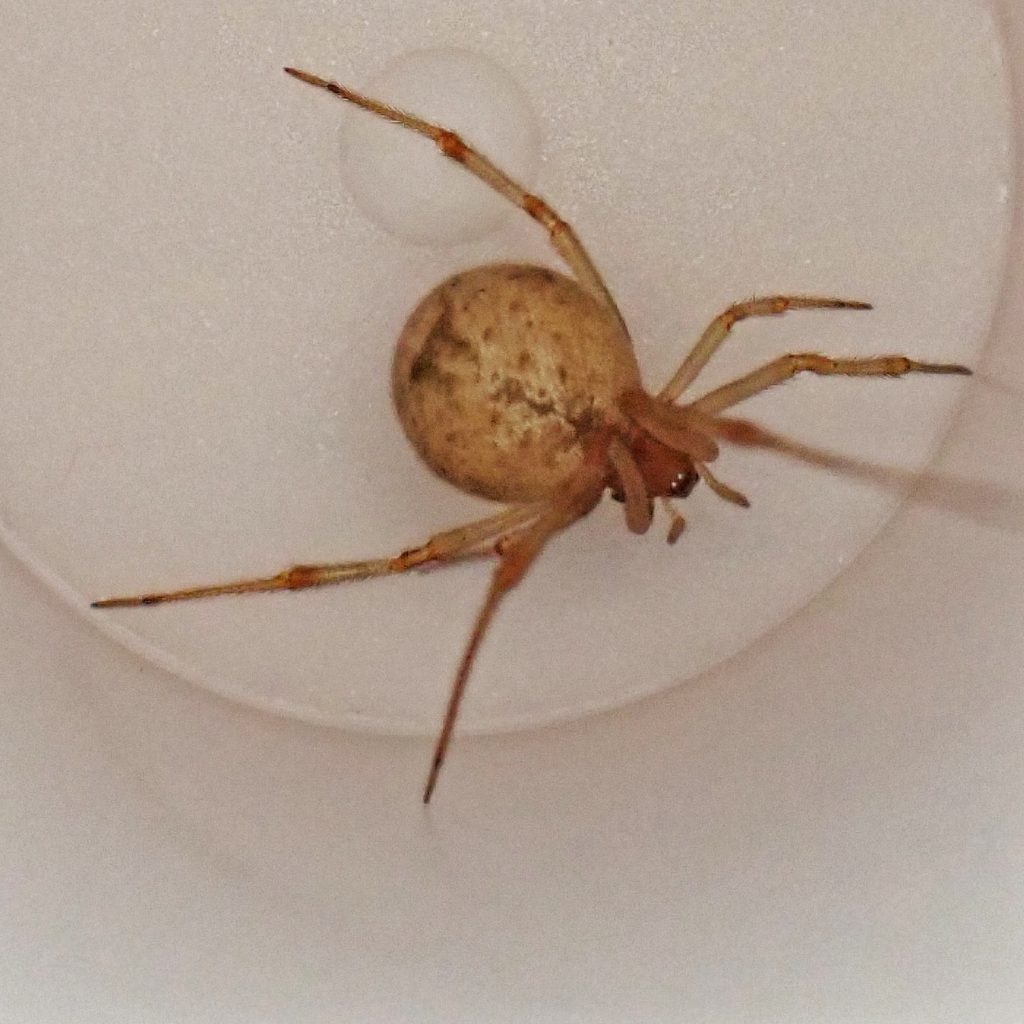
When Rod identified this spider for me he said, amongst other things, “The brown-paper-bag textured egg sacs with a distinct point on one end are one of this spider’s most recognizable features. Like many theridiids, the web has a seemingly random central tangle but a structured periphery of parallel straight threads, each of them with a segment of sticky silk right where they are attached to the substrate (wall, floor, ground, a rock, a leaf or whatever) that function to catch crawling prey.”
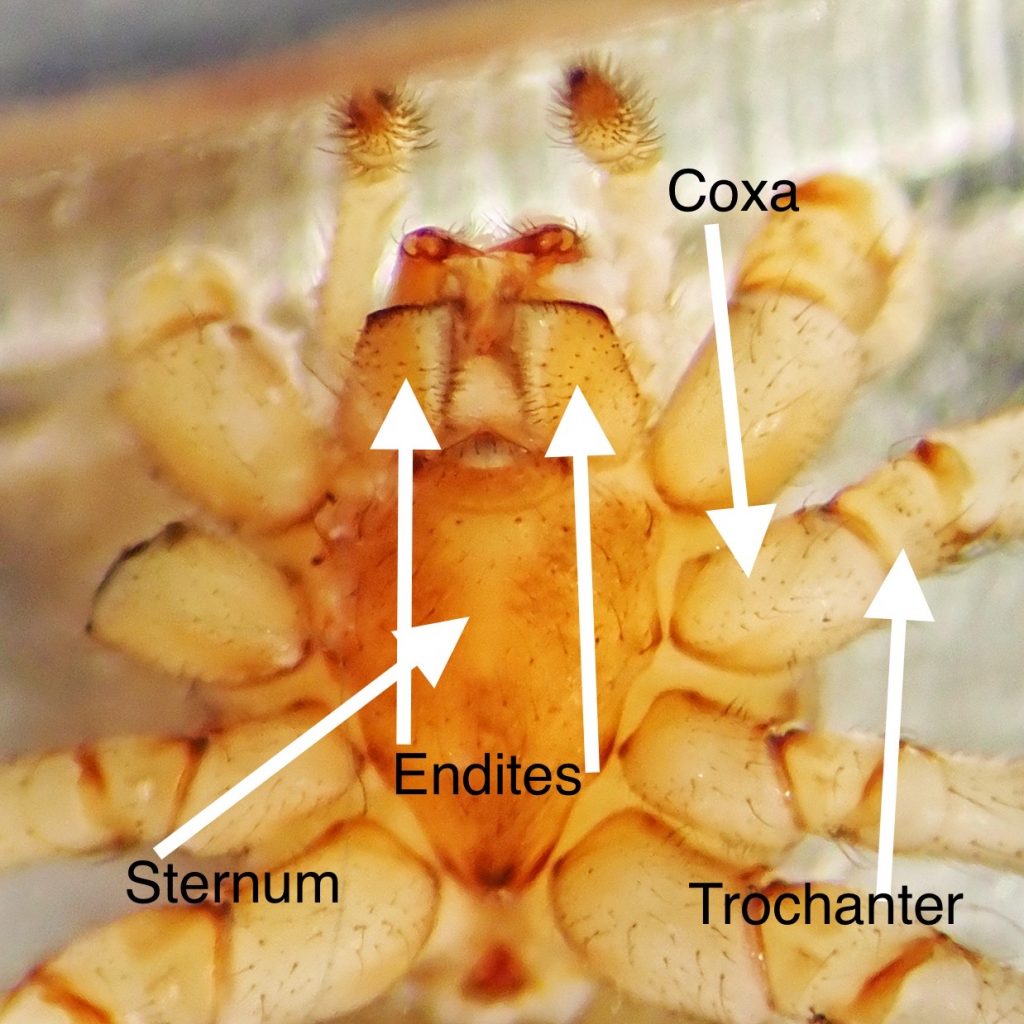
“Like a good fisherperson with a finger on the line, the CHS monitors the vibrations of the web, and if it feels a struggling insect, rushes out to paralyze and secure it. Apparently, it is able to shoot web at a thrashing insect from afar in order to get it under control before getting close…Unlike species that spin daily, the CHS tries to maintain its web by discarding used food items, but it will also abandon a web spun in an unproductive area (they favor spots that are open to air currents). Females tolerate other females that make adjoining webs (though a neighboring female may get eaten if she strays too close). This can result in some pretty big masses of cobwebs, like the one in the water treatment plant in Baltimore that covered tens of thousands of square feet and probably held a spider population of more than ten million, more than half of which were CHSs.” Common House Spider – Field Station
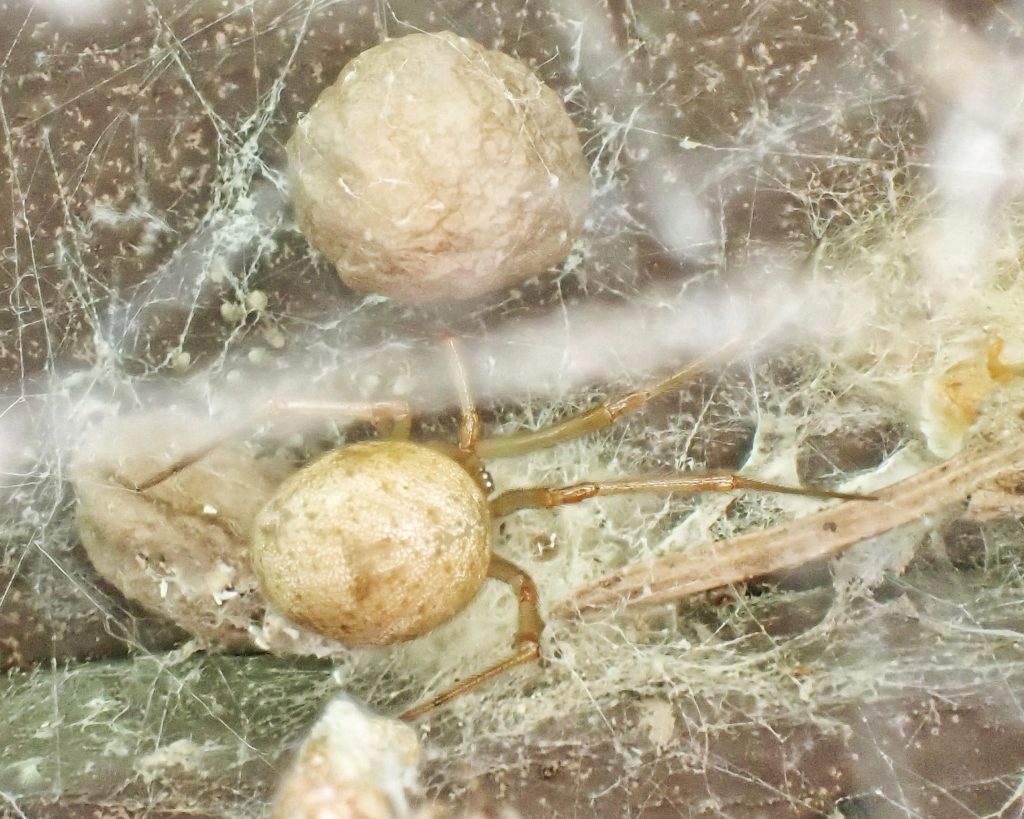
The following is an example of the counterintuitive things we can learn from people who look closely into things and make detailed observations, scientists like Carlos Valerio (who I’ll be quoting extensively in this profile). Most of us tend to think of parasitism as a bad thing, and it’s certainly bad for the individual, but sometimes it’s good for the species, as Valerio discovered in this study of Baeus wasps parasitizing the eggs of Parasteatoda tepidariorum. “…The second instar is of critical importance …because it is the dispersing stage and necessary for the colonization of new habitats (Duffey 1956). Mortality is very high at this stage (Ewing 1918), and obviously any strategy increasing survival would be strongly selected…the survival [into the 3rd instar] was 1.01% (4 survivors of 396 individuals observed) with parasites absent and 7.12% with parasites present. Without parasites, cannibalisms did not develop among the spiderlings,and dispersal occurred 4 or 5 days after emergence from the egg sac (i.e., 8-9 days after molting). A considerable proportion died even before dispersal began (fig. 1), the dead spiderlings simply dropping from the communal web. This lack of cannibalism has been previously observed in this species (Ewing 1918). When parasites were present in a sac, they had to go through the mass of spiderlings to find their way out. The presence of such small insects stimulated the development of aggressive behavior in the spiderlings and some of the parasites were caught. Under the stress caused by chasing the wasps, the spiderlings became very active and cannibalism developed. For this reason the mortality was higher during the first 14 days in experiments where parasites were present (fig. 1). Rather than a detriment this modified behavior is of benefit to the spider population. The weak individuals that would die under other circumstances, either before or after dispersal, are harvested by their more active siblings. In this way the energy represented by the biomass of weak spiderlingsis not lost to the population. Consequently, a proportion of the spiderlings have already fed when dispersal begins and hence will have a better chance to survive to the next instar once they have settled in a suitable habitat.” Sci-Hub | A Unique Case of Mutualism | 10.2307/2459657
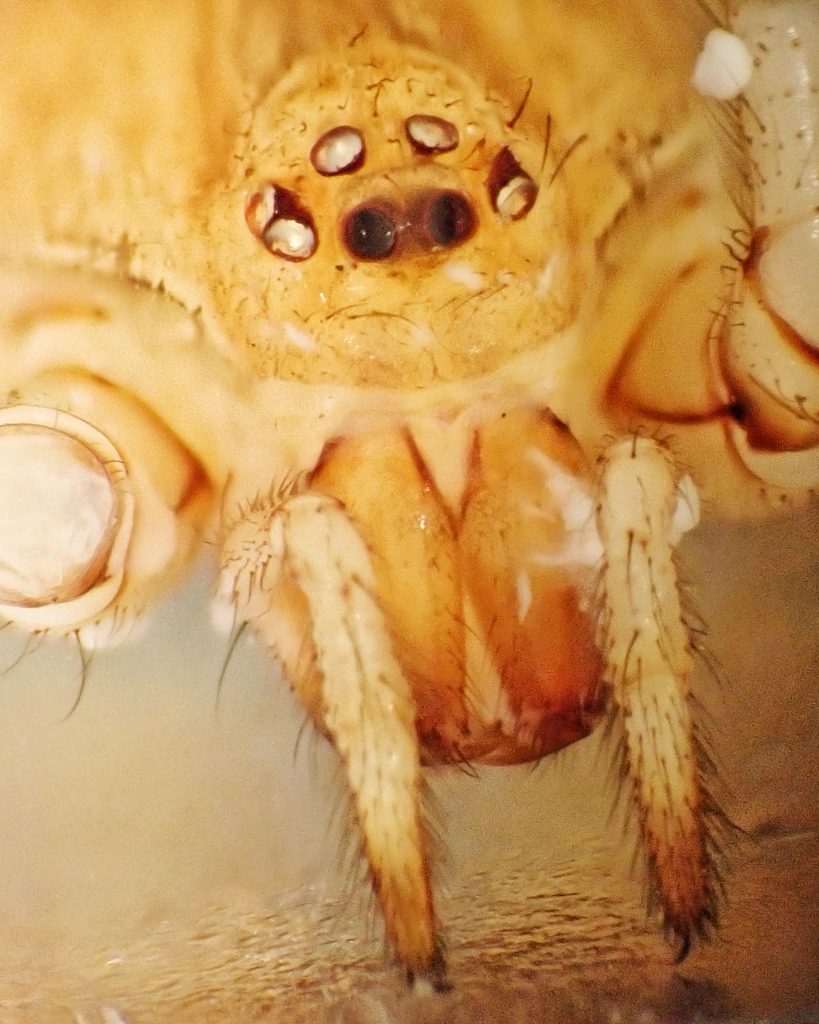
Description– “The color varies from a dirty white to almost black. The cephalothorax is yellow brown and the legs are light yellow with brown or gray rings at the ends and middle of the joints. The abdomen is high in the front and narrow toward the spinnerets. In dark specimens the abdomen has six transverse black marks that curve upward and are thicker in the middle. The marks are connected by black spots at the ends and they are bordered by a silvery white line. The upper white mark often forms a white spot in the center of the abdomen. These marking are smaller and less defined in lighter species. The females usually range from 5 to 6 mm long. Their first pair of legs are almost three times the length of the whole body. The legs are yellow with dusty annuli at the ends of each segment. The males are smaller than the females and range from 3.8 to 4.7 mm in length. However, they have longer legs which are orange-brown and darker at the joints. (Emerton 1902; Kaston 1972) (Emerton, 1902; Kaston, 1972)” ADW: Parasteatoda tepidariorum: INFORMATION; these spiders lack large spines on their legs (which is also true for Theridiidae in general)
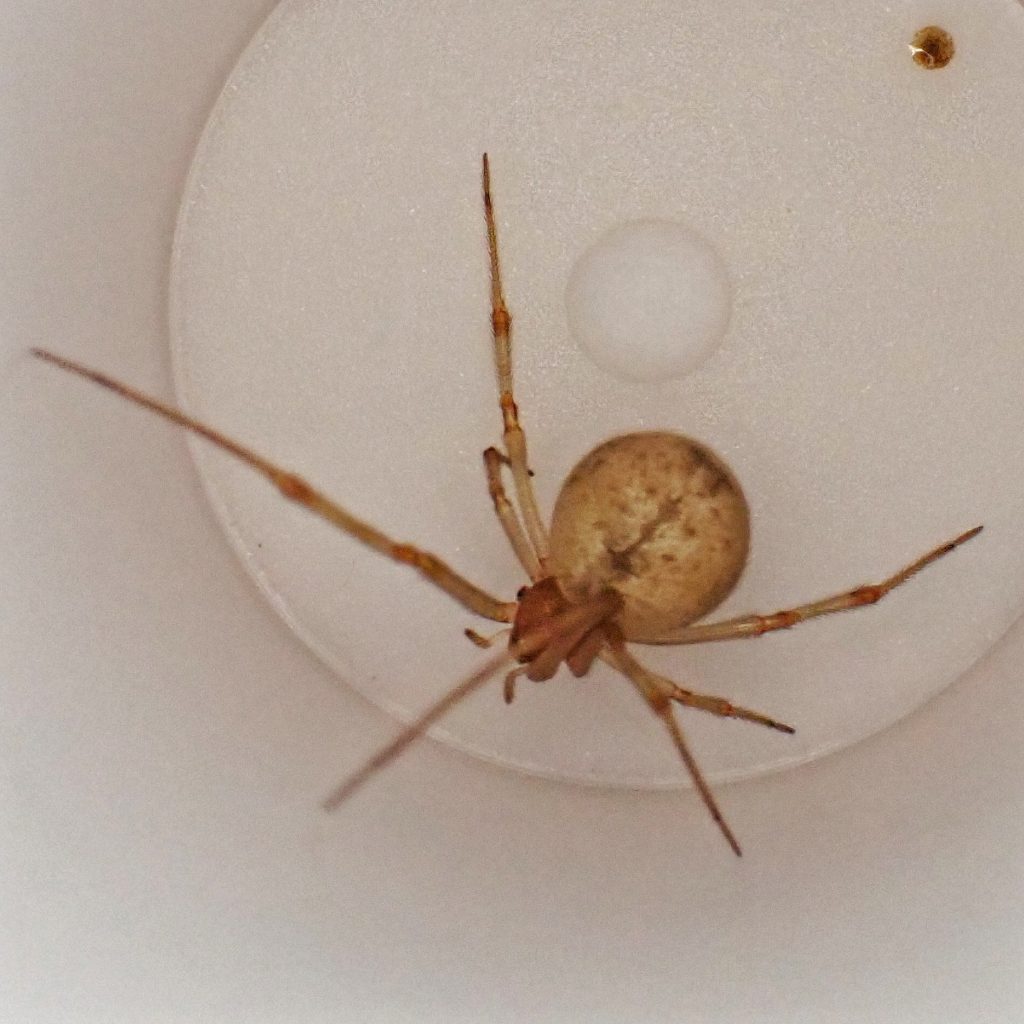
Similar species– Unless one is an expert, differentiating theridiid spiders even to genus requires microscopy and a key, like this one- Sci-Hub | A Key and Checklist of American Spiders of the Family Theridiidae North of Mexico (Araneae) | 10.2307/3705253; members of Araneidae, Linyphiidae, and Tetragnathidae have many large spines on their legs.
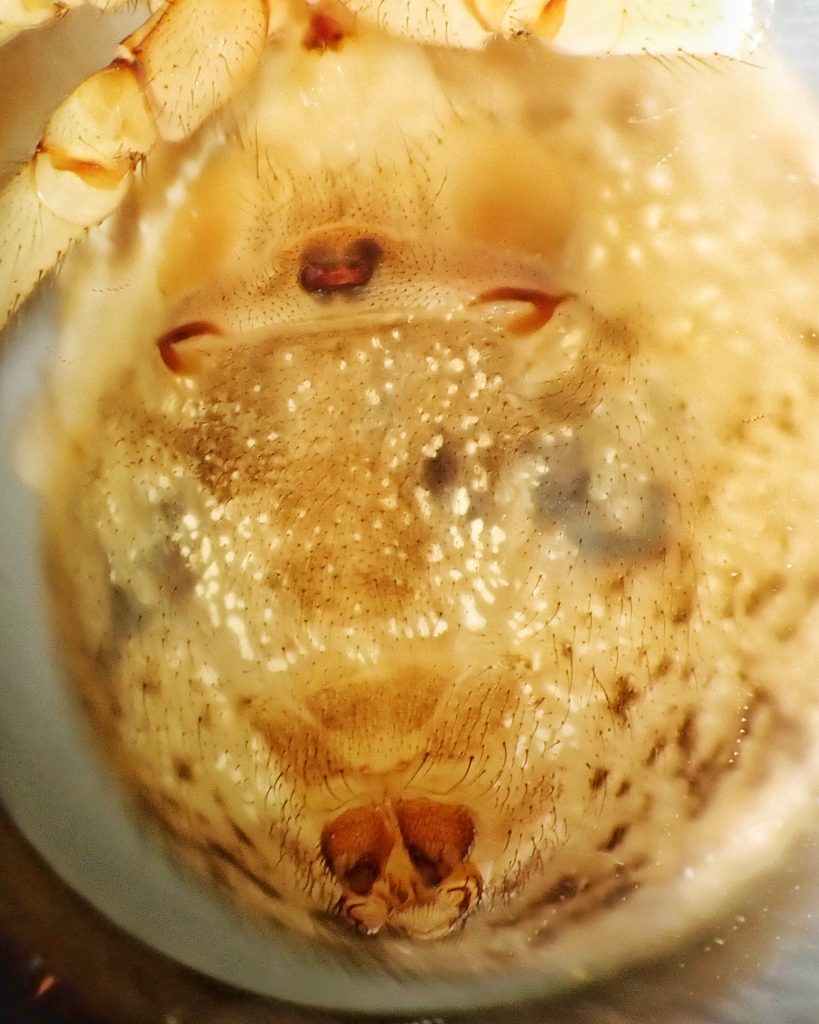
Habitat– Synanthropic species found mostly in an around man made structures. When found outdoors they are usually under overhangs, and in the shade on “..walls facing north or south, or otherwise protected from direct sunlight, are occupied mainly by A. tepidariorum.” https://britishspiders.org.uk/system/files/library/030706.pdf
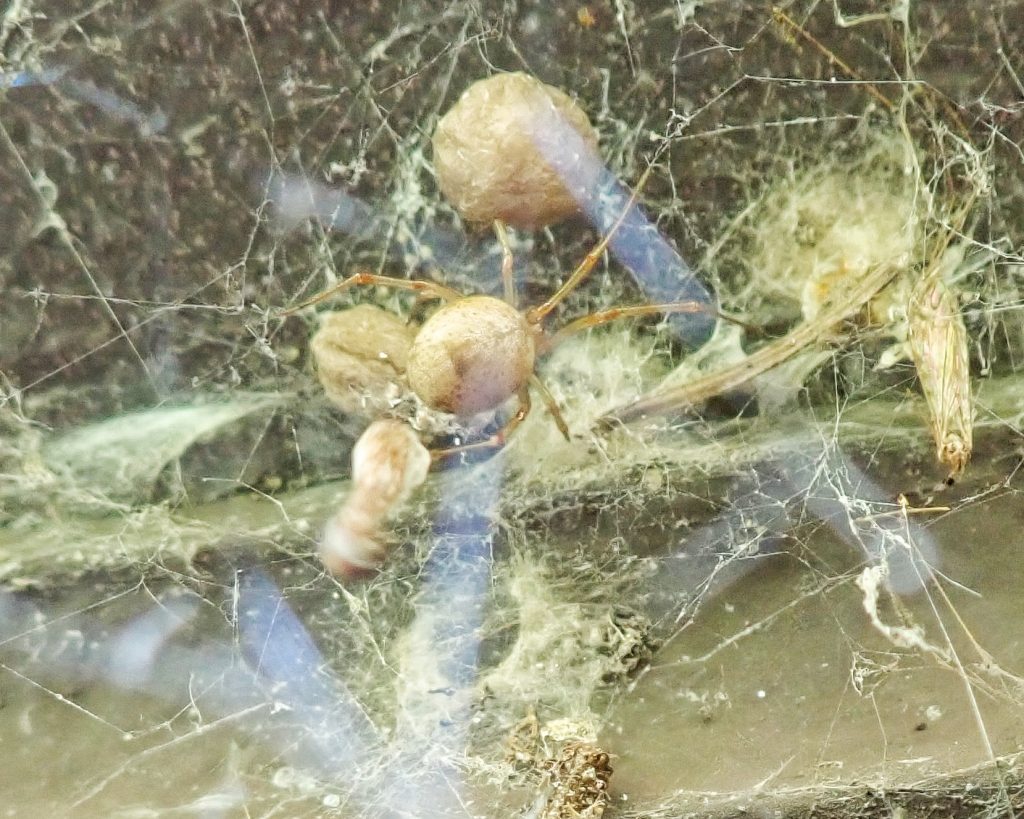
Range– “Levi (1967) considered A. tepidariorum to be a cosmopolitan species. Although the species was first described from Germany, it appears to be native to South America, judging from the numerous similar relatives which occur there. It is abundant in Central America and Mexico, and occurs as far north as southern Canada (Levi 1955). It has been recorded from most of the contiguous United States (Levi and Randolph 1975). The species probably now has a worldwide distribution, having been carried around the world by man on plants.” common house spider – Achaearanea tepidariorum ; found region wide in the PNW in appropriate habitat.
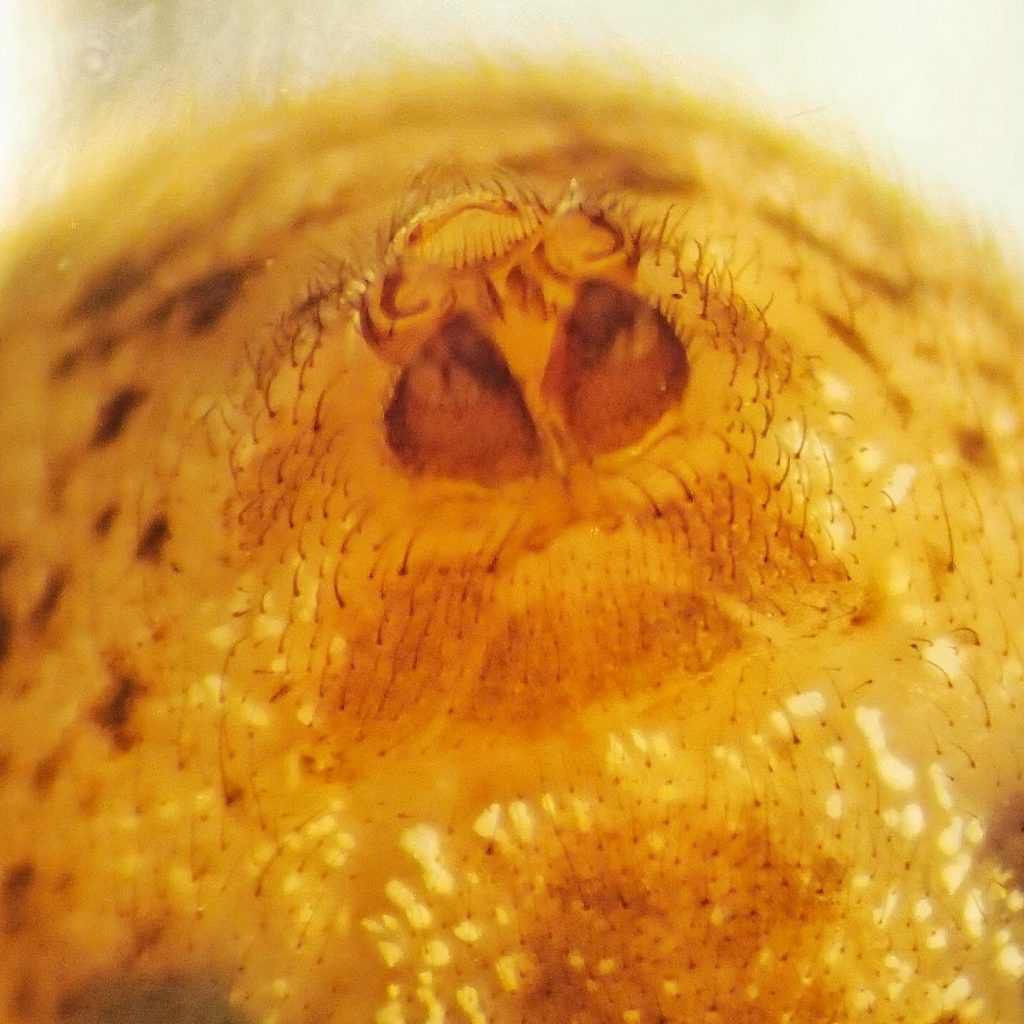
Eats– “Common house spiders usually feed on small insects and household pests such as flies, mosquitoes, ants and wasps. They can randomly attack grasshoppers, butterflies, cockroaches or other spiders depending on their size. If the prey is too agile, the spider will try shooting web at it from a distance before pulling the thread toward itself. Bigger females can also attract baby skinksinside their web by leaving struggling fly hanging in it.” https://en.wikipedia.org/wiki/Parasteatoda_tepidariorum
Eaten by– Preyed upon by jumping spiders (Salticidae) and some pirate spiders (Mimetidae); some mantid lacewings (Mantispidae) parasitize the female adults and the eggs; in Costa Rica the eggs are parasitized by larvae of scelionid wasps in the genus Baeus, and eulophid wasps in Tetrastichus; spiderlings and adults are probably preyed upon by insectivores of all classes.
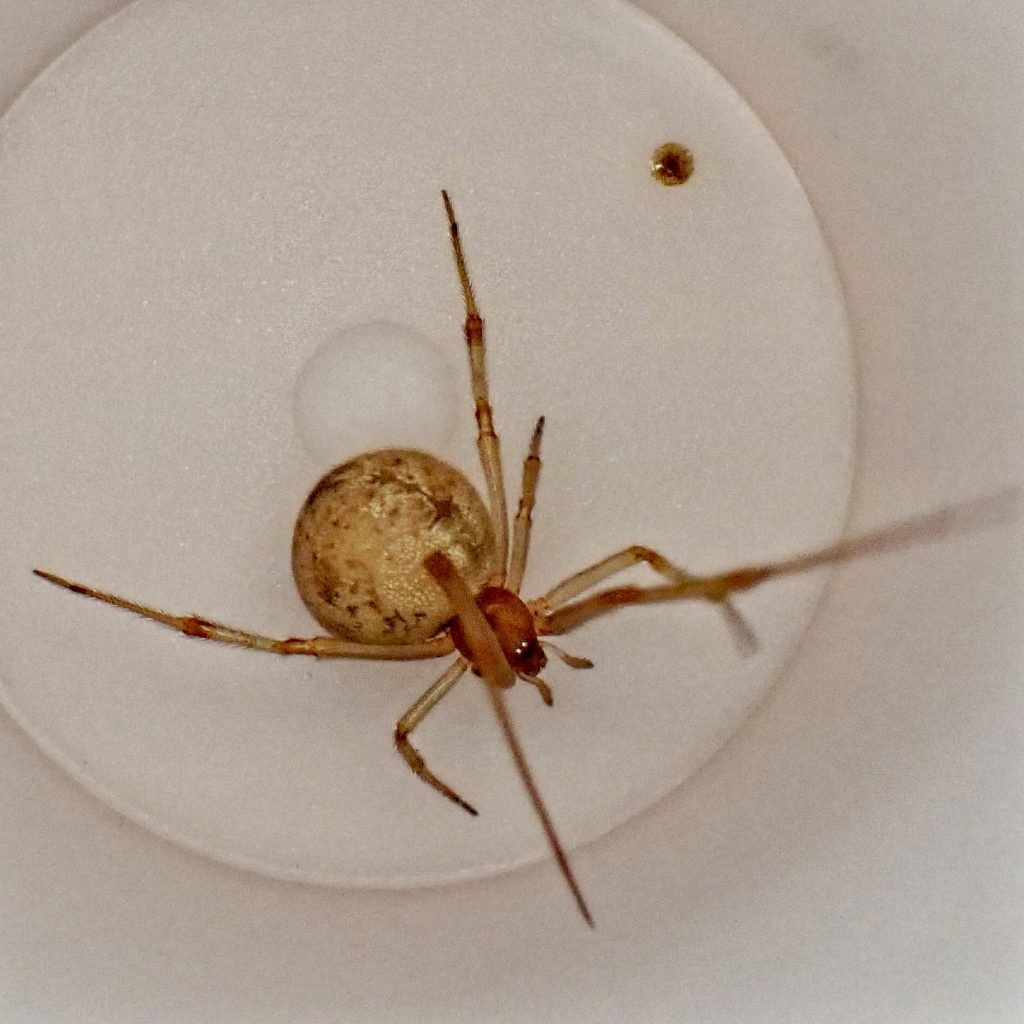
Life cycle– “The egg sacs hang near the horizontal support in the centre of the web, suspended by special silk threads. The female keeps in constant contact with the most recently built sac, using the tips of the first tarsi…The female builds several sacs during her life, the number more commonly reported in the literature is from four to seven (all reports from temperate zones), and the world record is 17 sacs (Bonnet, 1935). In Costa Rica, an average of 14.11 sacs per female was found, with one female producing 20 sacs (Table 1)…In this species the number of eggs in each sac seems to vary tremendously, from 27 (Ewing, 1918) to 477 (Bonnet, 1935). The upper limit is extended in the present report to 636 eggs in a single sac (Table 1, female F). A large part of this variation is ap- parently due to individual differences among the females.” https://britishspiders.org.uk/system/files/library/030706.pdf . “…second-instar spiderlings disperse about 4 days after emergence from the sac. They remain from3 to 4 days in dense clusters near the exit hole of the sac in the maternal web. At the end of this aggregation phase they exhibit aeronautic behaviour and balloon away..” Sci-Hub | A Unique Case of Mutualism | 10.2307/2459657; “Very short duration of the quiescent period (i.e., first instar) in this species seems to indicate a trend toward the elimination of this stage in the family Theridiidae and related groups. This elimination would be possible since its presumable function, (Schick, 1972) seems to be taken by the first active instar (second instar) during the period of life within the egg sac. Utilization of inviable eggs, originally a role for the quiescent instar (1 to 4 stages), seems to be undertaken by the second instar with a consequent temporal reduction of the first instar. Difference in survival in the two groups of spiderlings is clearly attributed to egg-feeding before abandonment of the egg sac. If such feeding does not take place, the maximum life expectancy for a starving second instar spiderling is 22 days (Table 1). The spiderlings that feed on eggs, even though this feeding may not be sufficient in itself to lead to molting, stand a greater chance for survival since the life span is extended considerably by such early nutritional procurement.” Sci-Hub | Feeding on Eggs by Spiderlings of Achaearanea Tepidariorum (Araneae, Theridiidae), and the Significance of the Quiescent Instar in Spiders | 10.2307/3704998
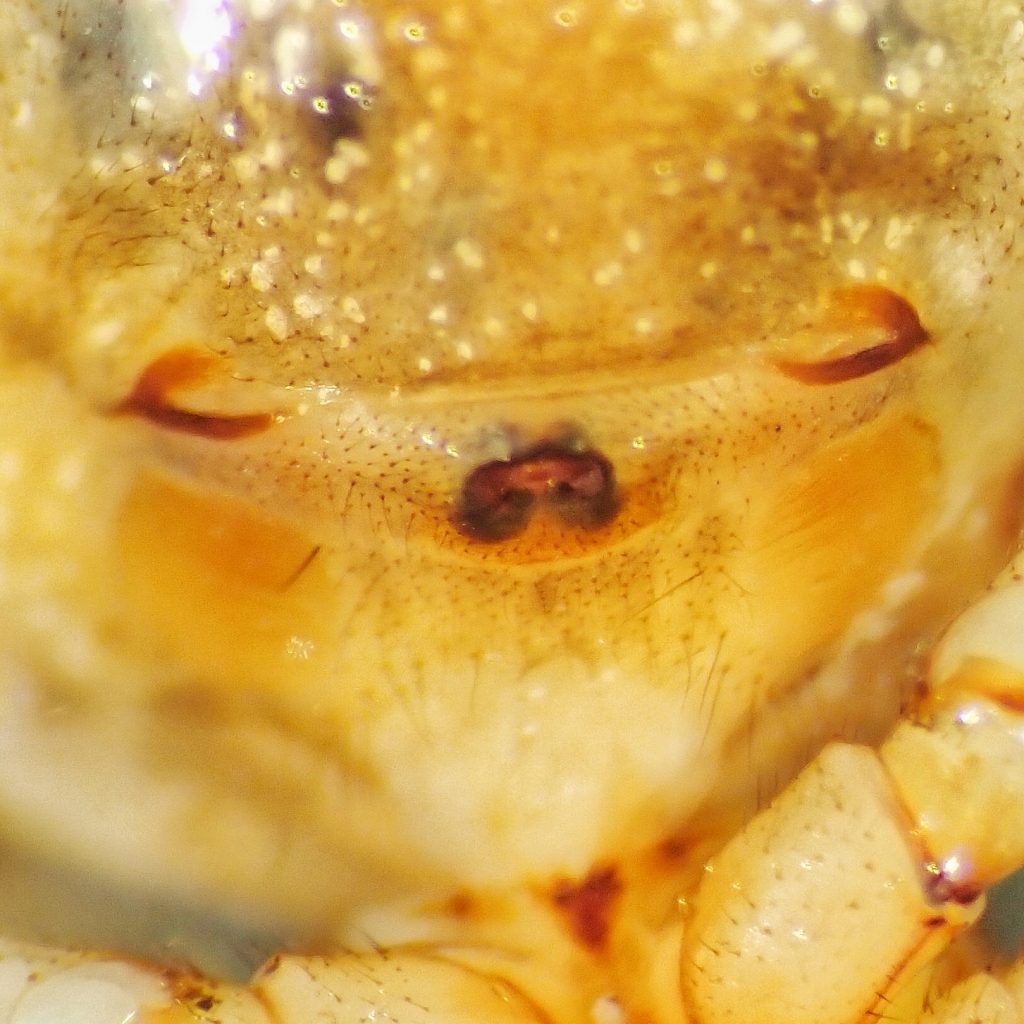
Adults active– Adults may be found year around, and adult females may live for over a year.
Etymology of names– Parasteatoda is from the Greek word for ‘beside/near’, plus the genus Steatoda, denoting a resemblance between these two genera. It’s interesting to note that it appears that Sundevall, in his original description of Steatoda, used the Greek word for ‘fat/tallow’, when he probably meant ‘fat/rotund’, referring to the globular abdomen of members of that genus. The specific epithet tepidariorum is from the Latin word for the ‘lukewarm section of a bath-house’. Koch was possibly comparing the warmth and humidity of those bathhouses to a greenhouse, since he says “It is present in large numbers in the glass houses of the botanical garden of the University of Erlangen.” https://wsc.nmbe.ch/pdfdownload/32946c3152d4250e37f61278bf8dfbf76s18pTYKQzUkF2m
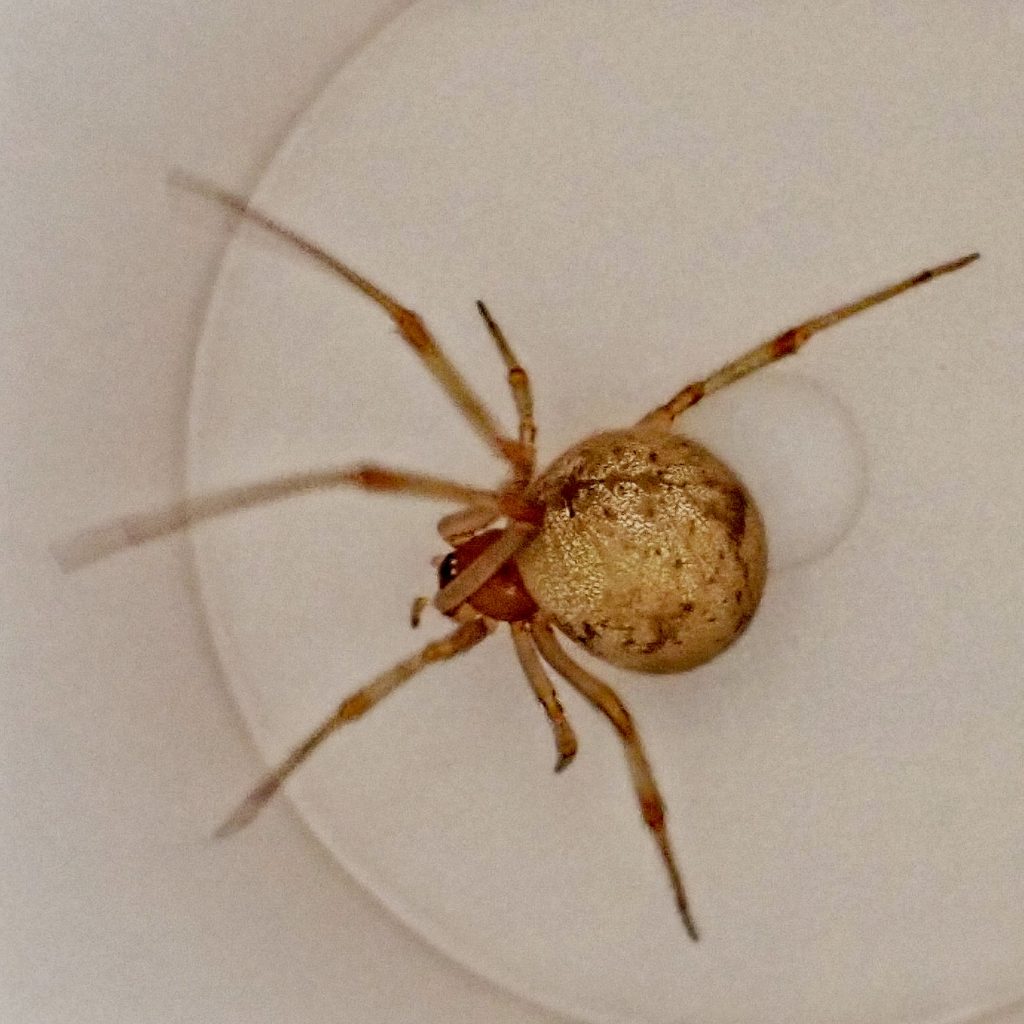
https://revistas.ucr.ac.cr/index.php/rbt/article/download/24860/25072/
Sci-Hub | A Unique Case of Mutualism | 10.2307/2459657
https://revistas.ucr.ac.cr/index.php/rbt/article/download/28036/28117/
https://britishspiders.org.uk/system/files/library/030706.pdf
https://evodevojournal.biomedcentral.com/articles/10.1186/s13227-020-00152-z
ADW: Parasteatoda tepidariorum: INFORMATION
Species Parasteatoda tepidariorum – Common House Spider – BugGuide.Net
https://extension.psu.edu/common-house-spider/
common house spider – Achaearanea tepidariorum
Common House Spider – Field Station
https://en.wikipedia.org/wiki/Parasteatoda_tepidariorum
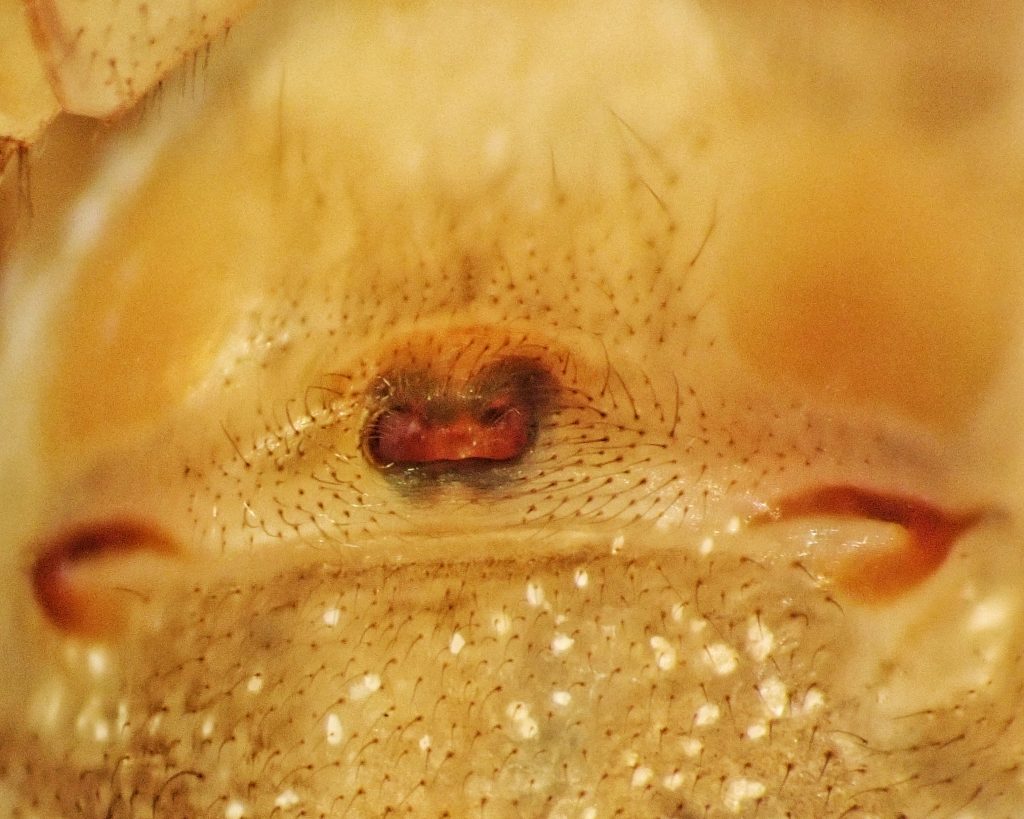
Never follow a GPS, a recipe, or a dichotomous key blindly. It won’t end well, but you’ll be really confident right up to the point of failure.
Certainly easier with all three of them when you have the experience to know the shortcuts, wrong turns, and can define the salient terminology !